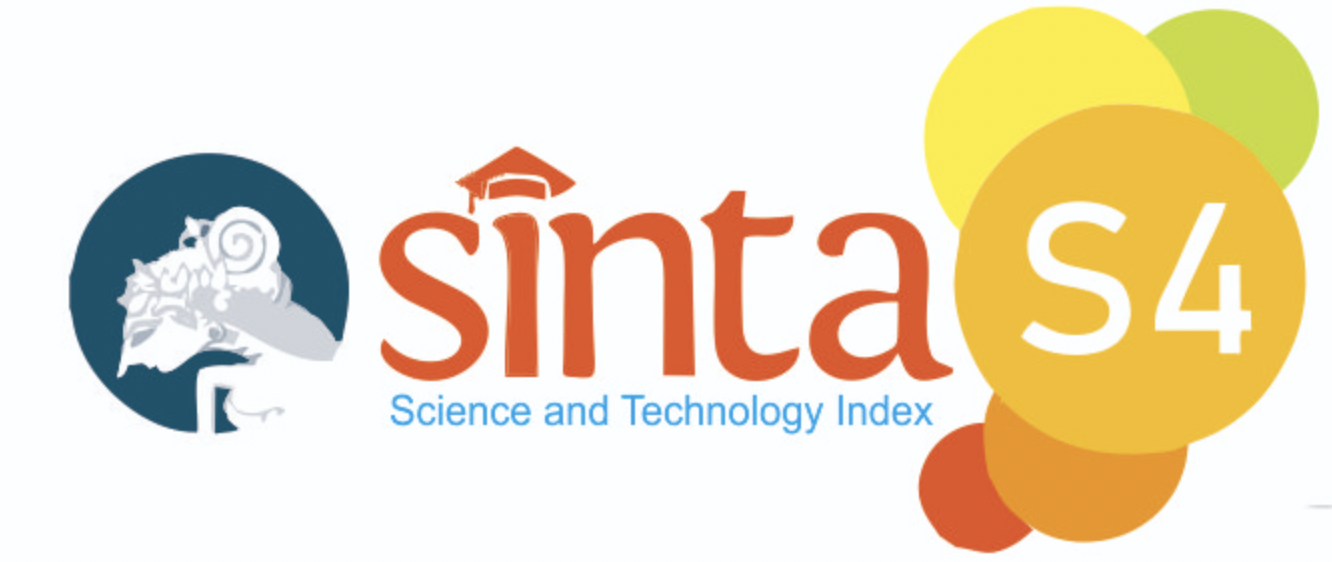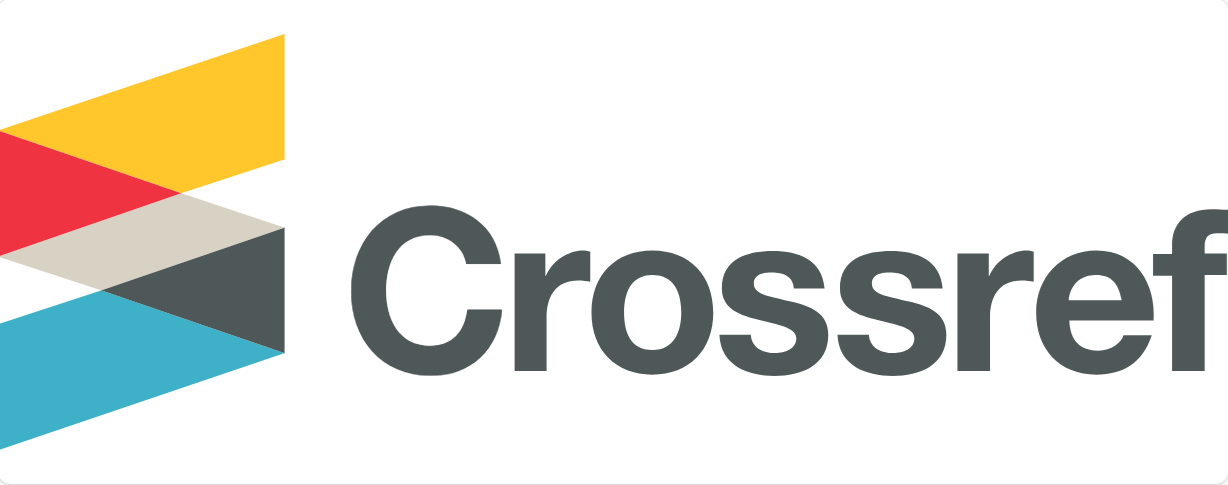Abstract
This This article attempts to explore and compare the descriptive analysis of the development of the record management system paradigm over time. The aim is to examine the potential implications of applying the lifecycle theory approach to archives, the continuum record model, and the concept of vital records. Each of these approaches was developed in different periods and places, such as the archive lifecycle in the United States, the record continuum model in Australia, and the total archive concept in Canada. This article also investigates the differences and possible relationships among these three approaches as alternatives to complement the widely and traditionally used lifecycle theory approach in archiving activities in Indonesia. The study is conducted through a literature review using a qualitative and interpretative paradigm. Relying on historical and narrative analysis, the findings of this study provide evidence of the record management theories' practices within organizations. The study concludes that the record management practices in organizations can be improved by giving adequate attention to specific factors in each record management approach during implementation. Currently, the lifecycle theory remains dominant, but it is unable to address various challenges and issues in archiving. The continuum record model offers a more specific way to organize and support the preservation of electronic and digital archives, which are increasingly held by modern institutions or organizations not entirely covered by the lifecycle theory approach. Similarly, the total archive concept can be used as a strategy for documenting records and archives that possess historical context and institutional memory. However, there are still gaps in each approach that require further analysis of their key components to bridge these gaps and enable their holistic implementation in various archival institutions and organizations in Indonesia in the future.
Bahasa Abstract
Artikel ini mencoba mengekplorasi tentang analisis deskriptif perkembangan paradigma sistem manajemen rekod dari waktu ke waktu. Untuk tujuan melihat implikasi kemungkinan penerapan pendekatan teori siklus hidup arsip, model kontinum rekod dan konsep arsip vital. Dimana masing-masingnya dikembangkan diperiode dan tempat berbeda, seperti siklus hidup arsip di Amerika Serikat, model kontinum rekod di Australia dan konsep arsip total di Kanada. Artikel ini juga akan melihat perbedaan dan kemungkinan hubungan antara ketiga pendekatan, sebagai alternatif untuk melengkapi pendekatan teori siklus hidup yang selama ini secara umum dan sejak lama telah digunakan dalam aktivitas pengarsipan di Indonesia. Studi ini merupakan tinjauan literatur dalam paradigma kualitatif dan interpretatif. Dengan mengandalkan analisis sejarah dan naratif, temuan-temuan studi ini memberikan bukti mengenai praktik dari teori-teori manajemen rekod dalam organisasi. Studi ini menyimpulkan bahwa praktik manajemen rekod dalam organisasi dapat ditingkatkan jika faktor-faktor spesifik dalam setiap pendekatan manajemen rekod diberikan perhatian yang memadai dalam penerapannya. Hasilnya saat ini teori siklus hidup memang masih mendominasi tetapi pada implementasinya tidak bisa menyelesaikan berbagai tantangan dan persoalan kearsipan, Adanya model kontinum rekod yang bisa secara spesifik untuk mengorganisasi dan menunjang kebutuhan pelestarian arsip elektronik dan digital, yang sekarang hampir dimiliki oleh institusi atau organisasi modern yang belum sepenuhnya bisa tercover pendekatan teori siklus hidup. Demikian juga dengan konsep arsip total, yang dapat dijadikan strategi untuk pendokumentasian rekod dan arsip yang memiliki konteks kesejarahan dan memori institusi. Tetapi masih ada kesenjangan (gap) dari masing-masing pendekatan yang butuh analisis lebih lanjut terkait komponen-komponen utama yang dapat untuk menjembatani kesenjangan ini agar bisa diterapkan sebagai satu kesatuan holistik di berbagai intitusi dan organisasi kearsipan di Indonesia kedepannya.
References
Antracoli, A., Duckworth, S., Silva, J., & Yarmey, K. (2014). Capture All the URLs: First Steps in Web Archiving. Pennsylvania Libraries: Research & Practice, 2(2), 155–170. https://doi.org/10.5195/PALRAP.2014.67
Canadian Archives. (1980). Report to the Social Sciences and Humanities Research Council of Canada (pp. 63–64). Canadian Archives.
Canadian Council of Archives. (2022, March 10). Canadian Council of Archives: Awareness Kit. CCA Launches New My Archives, My Government Matching Program. http://www.cdncouncilarchives.ca/awareness_kit.html
Cook, T. (2007). Archival Principles and Cultural Diversity: Contradiction, Convergence or Paradigm Shift? A Canadian Perspective. Comma, 2007(3–4), 37–48. https://doi.org/10.3828/comma.2007.3-4.4
Cook, T. and J. M. Schwartz. (2002). Archives, Records, and Power: From (Postmodern) Theory to (Archival) Performance. Archival Science, 2, 171–185.
Cunningham, A. (2014). Eternity revisited: In pursuit of a national documentation strategy and a national archival system. Archives and Manuscripts, 42(2), 165–170. https://doi.org/10.1080/01576895.2014.911678
Departement of Justice Canada. (2013, May 26). Justice Laws Website: An Act to establish the Library and Archives of Canada, to amend the Copyright Act and to amend certain Acts in consequence [Http://laws-lois.justice.gc.ca]. http://laws-lois.justice.gc.ca/eng/acts/L-7.7/index.html
Douglas Brymner. (1888). Report on Canadian Archives.
Eastwood, T. (1986). Attempts at National Planning for Archives in Canada, 1975-1985. The Public Historian, 8(3), 74–91. https://doi.org/10.2307/3377713
Fakultas Teknik UGM. (2022, March 10). Subject Guide Kit FT UGM: Google dan Google Scholar Advance Search [Blog]. Google Dan Google Scholar Advance Search. http://kit.ft.ugm.ac.id/sp/subjects/guide.php?subject=lic
Frings-Hessami, V. (2022). Continuum, continuity, continuum actions: Reflection on the meaning of a continuum perspective and on its compatibility with a life cycle framework. Archival Science, 22(1), 113–128. https://doi.org/10.1007/s10502-021-09371-2
Hayworth, Kent M. (1993). The Voyage of RAD: From the Old World to the New. Archivaria 35, Spring 1993, 55–63.
Ian Wilson. (1973). Short and Doughty: The Cultural Role of the Public Archives of Canada. The Canadian Archivist, 2(4), 4–25.
International Records Management Trust (IRMT). (1999). The management of public sector records: Principles and context. from http://www. irmt.org/documents/educ_training/public_sector_rec/IRMT_principles.pdf
ISO 15489–1. (2001). International standard: Information and documentation-records management, 1: General, Standards.
Kilkki, J. (2004). Bearmania: Frosting Finnish Archival Practice with Imported Archival Theory. Comma, 2004(1), 43–53. https://doi.org/10.3828/comma.2004.1.7
Kynaston, D. & Deserno, I. (2005). A records management program that works for archives. The Information Management Journal, 60–62.
Laura A. Millar. (1998). Discharging Our Debt: The Evolution of the Total Archives Concept in English Canada”. Archivaria 46, (Autumn 1998), 106.
Laura Millar. (2014). Coming Up with Plan B: Considering the Future of Canadian Archives. Archivaria 77, Spring 2014, 104.
Matlala, M. E., & Maphoto, A. R. (2020). Application of the records life-cycle and records continuum models in organizations in the 21st century. ESARBICA Journal: Journal of the Eastern and Southern Africa Regional Branch of the International Council on Archives, 39(1), 79–98. https://doi.org/10.4314/esarjo.v39i1.6
Pearce-Moses, R. (2005). A glossary of archival and records terminology. ,http://www.archivists.org/glossary/term_details. asp?DefinitionKey=525
Penn, I.A., Pennix, G.B. & Coulson, J. (1994). Records management handbook. Gower Publishing Ltd.
Saputri, E. (2021). Strategi Penelusuran Informasi Melalui Search Engine (Google). Jurnal Adabiya, 23(2), 232. https://doi.org/10.22373/adabiya.v23i2.10137
Shepherd, E. & Yeo, G. (2003). Managing records: A handbook of principles and practice. Facet Publications.
Society of American Archivists. (2005). Total Archives-SAA (Society of American Archivists): Dictionary of Archives Terminology. In SAA (Society of American Archivists): Dictionary of Archives Terminology. Society of American Archivists. https://dictionary.archivists.org/entry/total-archives.html#:~:text=n.,personal%20papers%20and%20corporate%20records.
World Bank/IRMT, Partnership Project. (2002). Evidence-based governance in the electronicage, case study. Legal and judicial records and information systems in South Africa. International Records Management Trust. http://www.irmt.org/documents/research_reports/case_studies/legal_judicial_rec_case_studies/south_africa/IRMT_Legal_CS_Africa.pdf
Yusof, Z. M., & Chell, R. W. (2002). Towards a theoretical construct for records management. Records Management Journal, 12(2), 55–64. https://doi.org/10.1108/09565690210442926
Recommended Citation
Putra, Purwanto; Purnamayanti, Arnila; and Maryani, Eri
(2023)
"Memahami Lebih Dalam tentang Teori Siklus Hidup, Model Kontinum Rekod dan Konsep Arsip Total untuk Implementasi di Institusi dan Organisasi,"
Jurnal Ilmu Informasi, Perpustakaan, dan Kearsipan: Vol. 25:
No.
2, Article 3.
DOI: 10.7454/JIPK.v25i2.1091
Available at:
https://scholarhub.ui.ac.id/jipk/vol25/iss2/3
Included in
Archival Science Commons, Collection Development and Management Commons, Information Literacy Commons







